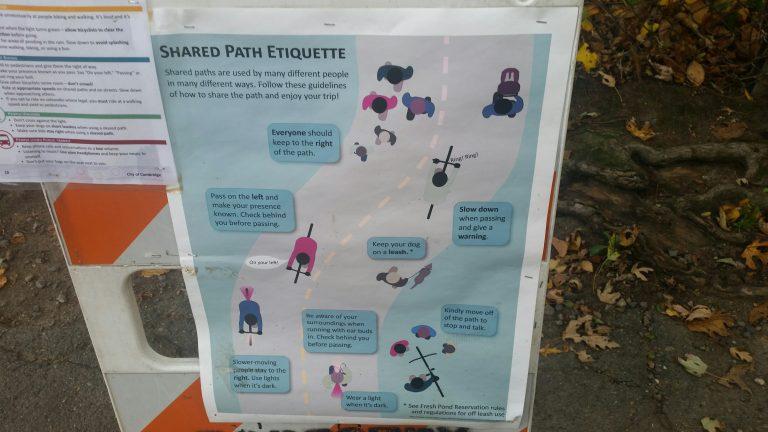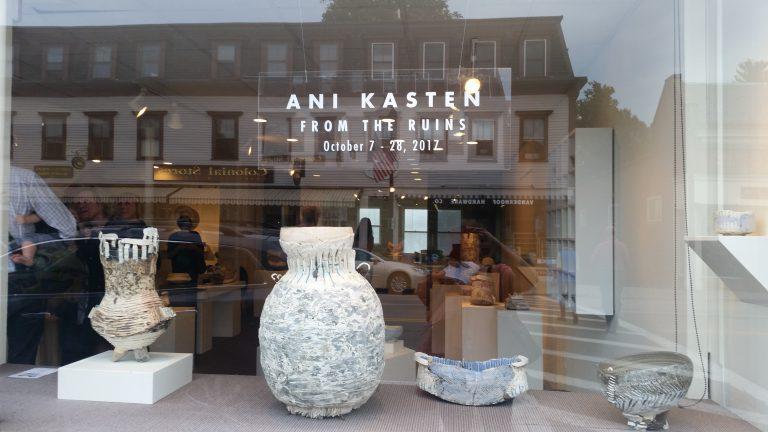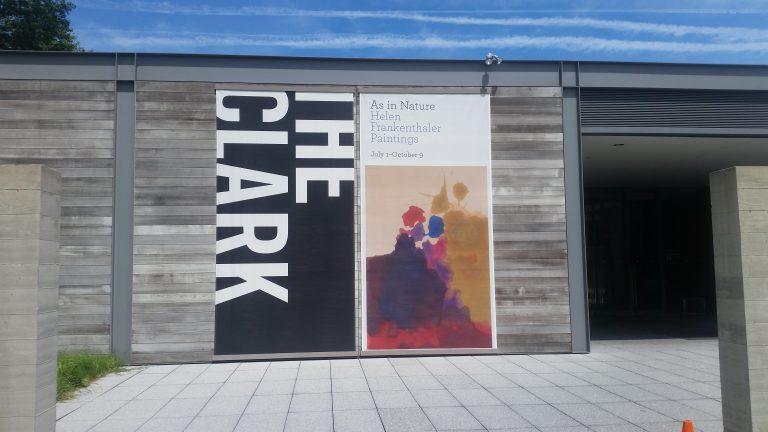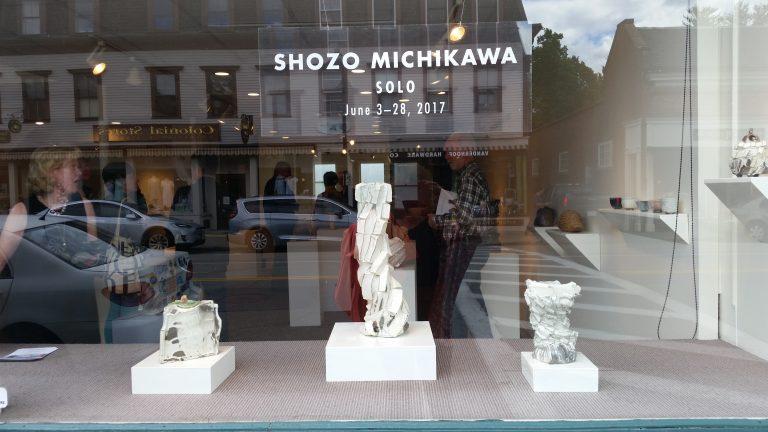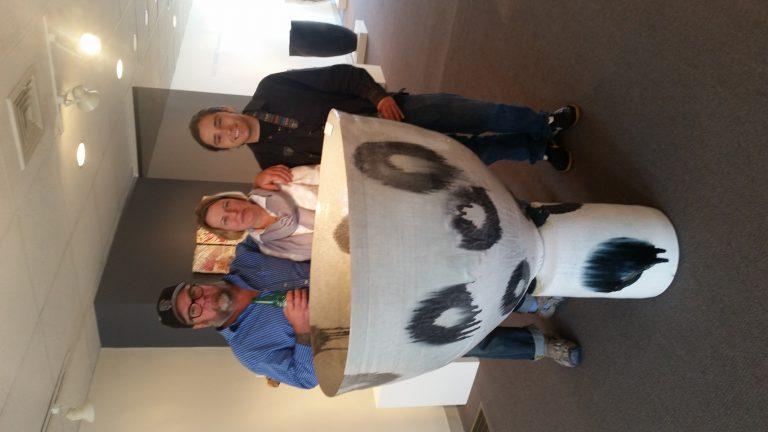Writer, photographer and wunner (someone who walks and runs?) Anita Harris thanks Ranger Jean Rogers for...
Anita M. Harris
Writer/photographer Anita Harris found Ani Kasten's ceramics show in Concord, MA, inspirational. Comprised mainly of vessels...
After someone gives Cambridge writer Anita Harris the finger at Fresh Pond (and, to be honest, Harris...
On a recent visit to the Clark Art Institute in Williamstown, MA, Cambridge writer Anita Harris was...
Cambridge writer Anita Harris was struck by the lightness, strength and movement in the work...
Writer-photographer Anita Harris particularly liked the delicacy of Darcy Baidiali's "astonishingly large" thrown sculptural clay pots.
